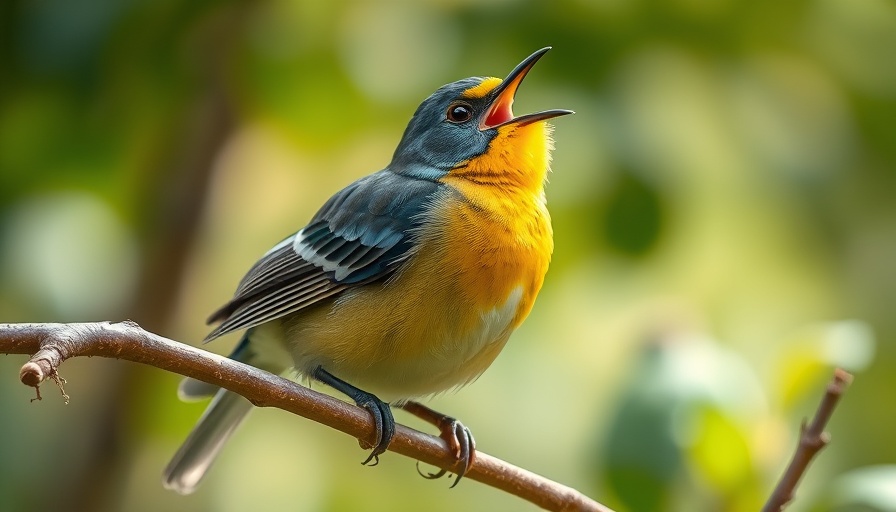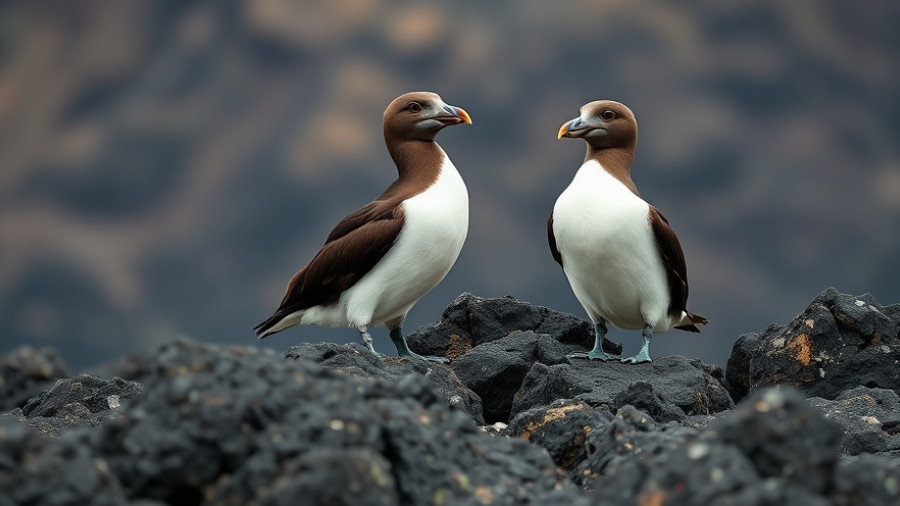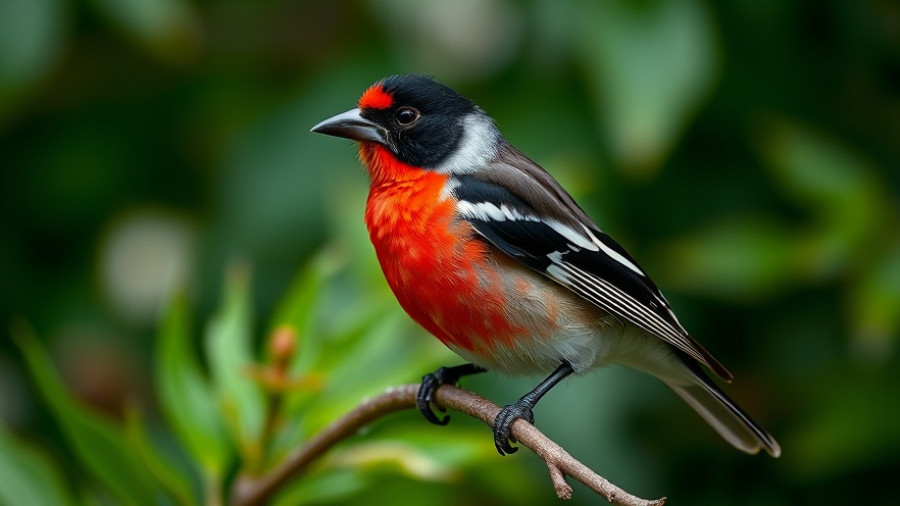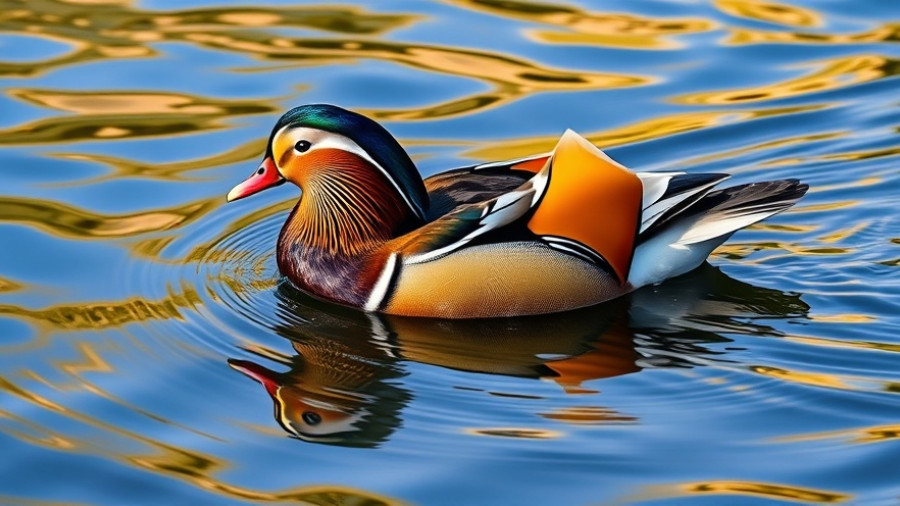
The Northern Parula: A Jewel in the Canopy
The Northern Parula is more than just an exquisite sight; it’s a performer in the vibrant ecosystem of North American woodlands. At a mere weight equivalent to a nickel, this varicolored warbler captivates not only with its beauty but also with its distinct musical prowess. Sporting a bright yellow throat, a white belly, and olive green markings like a fashionable backpack, these birds are more easily heard than seen as they flit among the treetops.
Vocal Acrobats of the Forest
Before you set out with your binoculars to catch a glimpse of the Northern Parula, training your ears is essential. The male's songs, which can be described as upward trills ending with a punchy note, resemble the sound of a zipper being pulled. This characteristic vocalization serves a dual purpose during the breeding season—attracting a mate and defending territory. Their repertoire may also include a series of lively, buzzing phrases, inviting observers to appreciate their unique call.
Building They Nest with Finesse
As the melodious songs fill the air, the female Northern Parula works diligently to build a cozy nest. Constructed high above the forest floor, the nests are often hidden within clumps of moss and lichen. These crafty structures provide a safe haven for their young, demonstrating the remarkable resilience and adaptability of these small birds. Post-breeding, they embark on their annual migration to warmer climates in Mexico and the Caribbean where they take a well-deserved break from their melodic performances.
A Reminder of Nature's Wonders
Why should we care about the Northern Parula and their songs? Acknowledging these small wonders encourages connection to the natural world and emphasizes the importance of biodiversity. As each species plays its niche in the ecosystem, understanding their stories offers valuable lessons in conservation and the intricate balance of life. So next time you hear that distinctive trill, take a moment to celebrate the vibrant life of the Northern Parula—a tiny ambassador for the forests we cherish.
 Add Row
Add Row  Add
Add 




Write A Comment